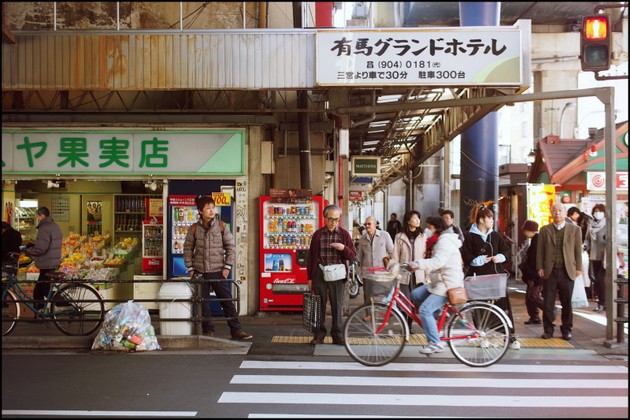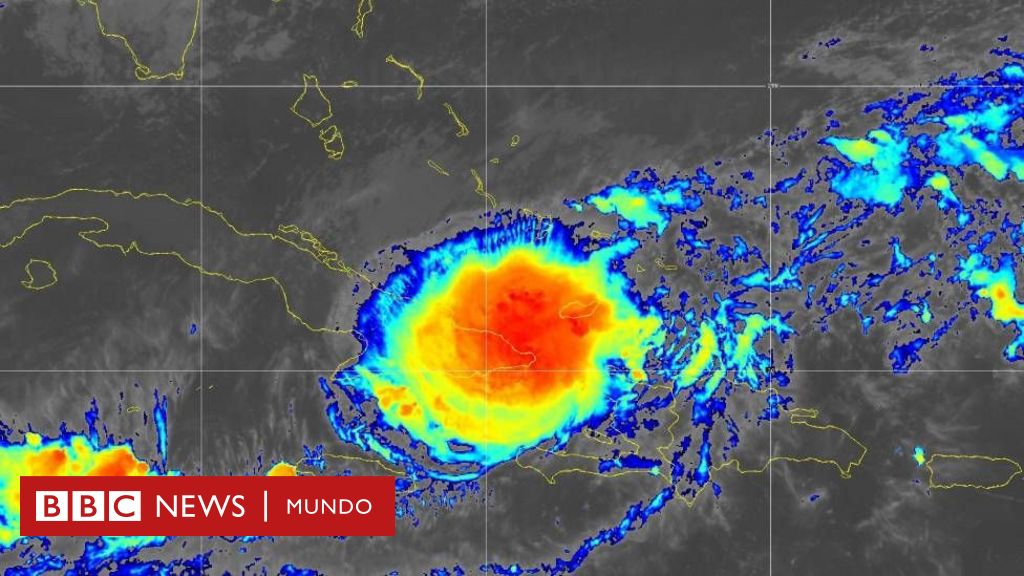Asia will grow, but it must do so flexibly

The Asia-Pacific economy will grow in 2021 and 2022, but it must do so flexibly and avoid being in a “K” shape (with large variances), sparked a state report released this Tuesday 30th by the Economic and Social Commission for Asia and the Pacific (Cespap).
On average, the developing region’s economies (excluding developed Australia, Japan and New Zealand) are expected to grow 5.9 percent in 2021 and 5 percent in 2022, after a 1 percent contraction for 2020, according to UN estimates. .
However, a “K-shaped recovery” is likely, as the poorest countries and the most vulnerable are marginalized in the post-pandemic transition and recovery period, according to the report.
The crises of 2020 could have pushed another 89 million people across the region back into extreme poverty, those living on less than $1.90 a day, erasing years of progress in reducing this scourge.
and working hours equivalent to 140 million full-time jobs lost in the region last year, and cespap He considers that it is possible that interruptions in economic activity and education have caused a major setback in the accumulation of human capital and productivity.
“This shock underscores the urgent need to rethink economic policy-making, which has so far focused primarily on economic growth, neglecting important investments in people and building resilience,” the study said.
For a more robust and inclusive recovery, the study recommends, first, a more synchronized vaccination program against COVID-19 in all countries, seeing it as very uneven and most developing countries expecting to achieve protection, and it will only be effective in 2022.
The study highlights opportunities to benefit from regional cooperation, and considers that significant investments are needed but aim for flexibility.
He also recommends maintaining financial and monetary support for the most vulnerable sections of the population “because early tightening can increase long-term scars”, in parallel with “bold policies” such as ending fossil fuel subsidies and introducing a carbon tax.
The pandemic has triggered an unprecedented fiscal response, with $4.3 trillion, roughly 13 percent of 2019 GDP in Asia and the Pacific, or $1.8 million, 6.6 percent of GDP, if Australia, Japan and New Zealand are excluded. .
Cespap estimates that pre-existing weaknesses make recovery difficult, because as a result of the pandemic, countries that have had lower spending on health, social protection and vulnerable employment have faced greater setbacks in economic growth, poverty and inequality, and in human capital.
Moreover, natural disasters have had a more devastating impact on countries with poor infrastructure and less diversified economies. Without good roads and communications, disaster relief operations can be delayed and economic disruption prolongs.
Among its conclusions, the report highlights the need to strengthen “international assistance to LDCs with a large resilience gap,” and developed countries must fulfill their ODA commitments.
AE / HM

“Award-winning zombie scholar. Music practitioner. Food expert. Troublemaker.”








